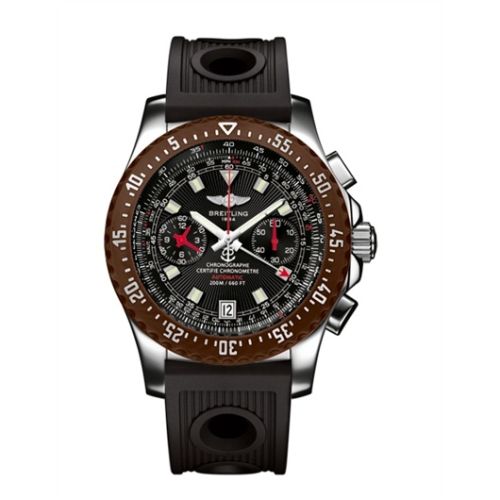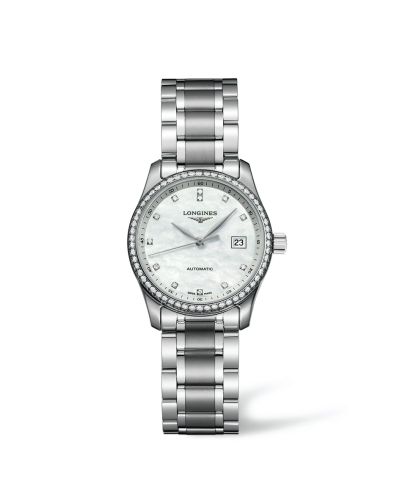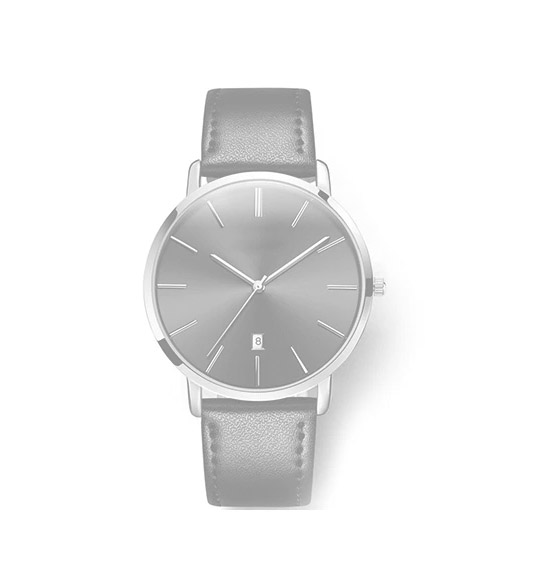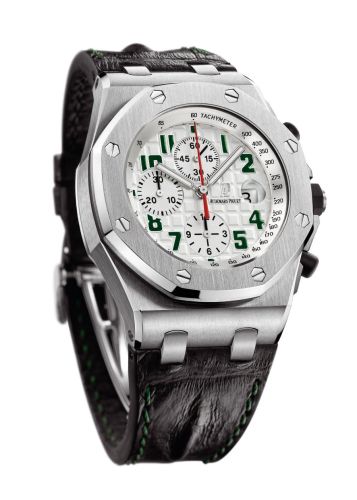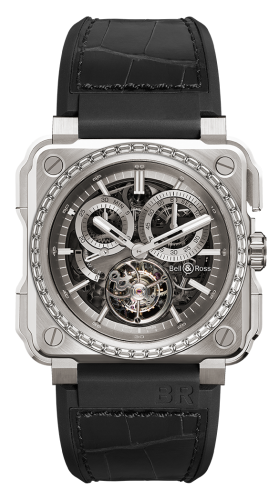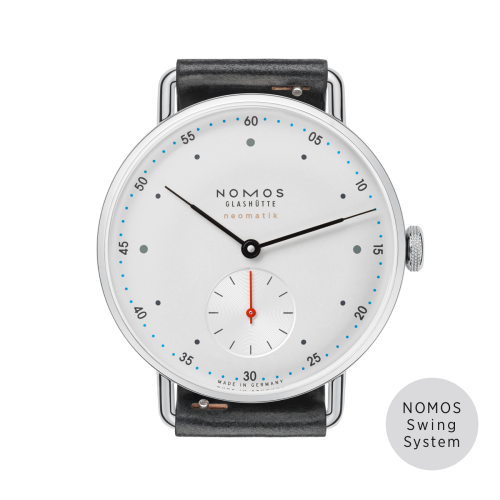
What are the different crown types?
Crown types are essential considerations in dentistry, particularly when it comes to restoring damaged teeth or enhancing their appearance. The choice of crown type can significantly impact the durability, aesthetics, and overall health of the tooth. Various materials are used to create dental crowns, each offering unique benefits and drawbacks.
Porcelain crowns are highly popular due to their natural appearance. They can be color-matched to the surrounding teeth, making them an excellent choice for front teeth restorations. These crowns are made from ceramic materials, providing a translucent quality that closely mimics natural tooth enamel. However, porcelain crowns may be less durable than some other options, especially in areas subject to heavy chewing forces.
Metal crowns, often made of gold, palladium, or other alloys, provide exceptional strength and durability. They are ideal for molars that endure significant pressure during chewing. While metal crowns are less aesthetically pleasing than porcelain, they are highly resistant to wear and can last many years, making them a practical choice for back teeth.
Ceramic crowns, similar to porcelain, offer a good balance of aesthetics and strength. They are made from a type of ceramic material that can be customized in color but may not be as strong as metal crowns. These crowns are suitable for patients who want a more natural look without sacrificing too much strength, making them versatile for both anterior and posterior teeth.
Resin crowns are another option, often used as a temporary solution while waiting for a permanent crown. They are less expensive than other types and can be placed quickly. However, resin crowns are not as durable and may wear down faster than other materials, making them a less desirable long-term option.
Zirconia crowns are a newer development in dentistry. Made from a highly durable ceramic material, they combine the aesthetic benefits of porcelain with the strength of metal. Zirconia crowns can withstand significant chewing forces and are often used in both anterior and posterior restorations. They are biocompatible, which means they are less likely to cause allergic reactions and can be a great choice for patients with metal sensitivities.
Each crown type has its own set of advantages and considerations, and the choice often depends on factors such as the location of the tooth, the extent of damage, and the patient’s personal preferences. Consulting with a dental professional can help determine the most suitable crown type for individual needs, ensuring both functionality and aesthetic satisfaction.


